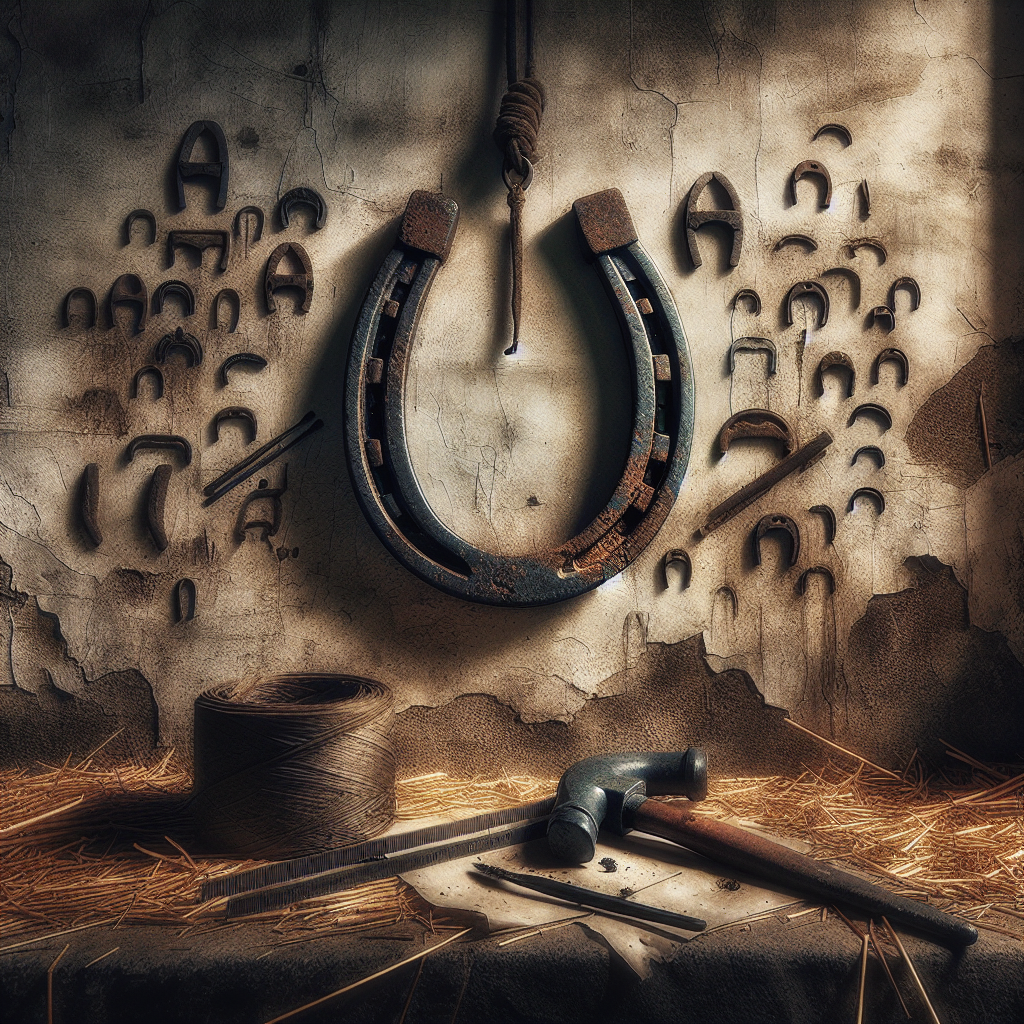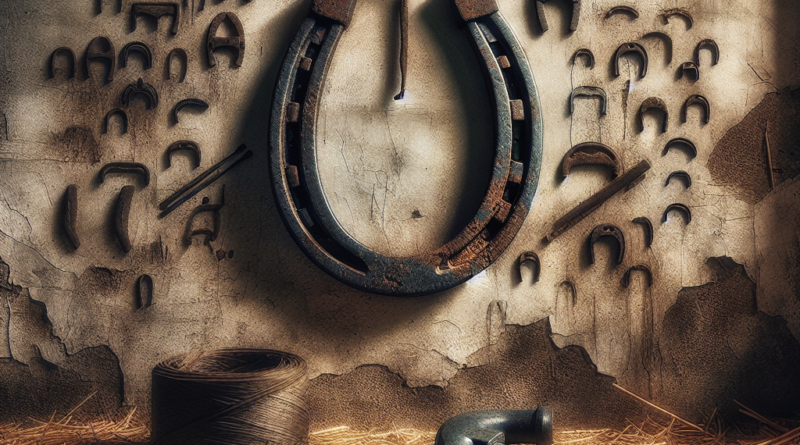The Training Process for Racehorses
So you’re curious about how racehorses are trained for competitions. Well, it’s quite a fascinating process that involves a combination of rigorous physical training, specialized exercises, and careful conditioning. From the moment a young foal takes its first steps, trainers start to mold and shape these magnificent animals into finely-tuned athletes. They are put through a well-structured training program that includes everything from galloping and trotting to interval training and hill workouts. And let’s not forget about the mental aspect of it all – racehorses need to be trained to stay focused and remain calm amidst the chaos of the racetrack. So, if you’re ready to unravel the secrets behind the training process for racehorses, then buckle up and get ready for an inside look at what it takes to transform these majestic creatures into champions.

Racehorse Training Process
Training a racehorse for competitions is a complex and multi-faceted process that requires careful planning, patience, and expertise. It involves several stages, from choosing the right breed to developing the necessary fitness and skills required for racing. In this article, we will explore the various aspects of the racehorse training process, from the initial selection of the breed to the importance of nutrition. So, let’s dive in and learn more about how these magnificent athletes are prepared for the thrill of the race.
Choosing the Right Breed
One of the first crucial steps in training a racehorse is choosing the right breed. Different horse breeds have varying characteristics, temperaments, and physical traits that make them more or less suitable for racing. Understanding the differences between breeds is essential in selecting the right one for your racing goals.
When selecting a breed suitable for racing, it is important to consider factors such as speed, agility, endurance, and overall athleticism. Thoroughbreds are the most common breed used for racing due to their exceptional speed and stamina. Standardbreds, Arabians, and Quarter Horses are also popular choices in certain types of racing.
In addition to physical traits, assessing the temperament of the breed is crucial. Racehorses need to have a competitive spirit and a willingness to work, as these qualities play a significant role in their success on the racetrack. By understanding the different breeds and their specific characteristics, you can make an informed decision and choose a breed that aligns with your training and racing goals.
The Role of Bloodlines
Bloodlines play a significant role in determining a racehorse’s potential for success on the racetrack. Studying pedigrees and analyzing the lineage of a horse can provide valuable insights into their genetic capabilities and performance. A horse’s bloodlines can reveal tendencies towards certain traits, such as speed, endurance, or agility, which can greatly influence their racing potential.
Identifying successful bloodlines is crucial in predicting a horse’s potential for racing success. Horses from families with a history of producing champions are more likely to possess the genetic attributes necessary for high-performance racing. Performance records of relatives, such as siblings or parents, can also serve as indicators of a horse’s potential abilities.
However, it’s important to remember that while bloodlines provide valuable information, they are not the sole determinants of a horse’s success. Other factors, such as training, handling, and overall health, also contribute to a horse’s performance on the racetrack.
Early Life
The early life of a racehorse plays a vital role in their overall development and success as an athlete. Birth and imprinting are crucial moments that set the foundation for a horse’s future training. Imprinting involves exposing foals to various stimuli shortly after birth, including handling, human touch, and the introduction of basic commands. This early socialization helps them develop trust and become accustomed to human interaction.
Health checks and vaccinations are also critical during a horse’s early life. Regular check-ups with a veterinarian, along with appropriate vaccines, help ensure the horse’s well-being and minimize the risk of illness or injury.
Feeding and nutrition are essential aspects of early life. Providing a balanced diet that meets the nutritional needs of growing horses is vital for their overall health and development. High-quality hay, grains, and supplements are typically provided to promote proper growth and ensure the horse receives the necessary nutrients.
Turnout and exercise are also essential components of a young racehorse’s life. Allowing them to spend time in a pasture and interact with other horses promotes social skills and physical development. Additionally, controlled exercise, such as light lunging or turnout, helps develop their muscles and coordination, preparing them for future training.
Basic Handling and Groundwork
Basic handling and groundwork are fundamental aspects of racehorse training. These early stages establish the foundation for a horse’s behavior, manners, and responsiveness to commands. Proper haltering and leading techniques are taught to ensure that the horse can be easily handled and controlled.
Teaching ground manners is an important part of a racehorse’s education. This includes teaching them to stand quietly, respect personal space, and respond to voice commands. These behaviors are essential for their safety and the safety of those working with them.
Introduction to Saddles and Bridles
Once a horse has mastered basic handling and groundwork, the next step is introducing them to saddles and bridles. Familiarizing the horse with these pieces of equipment is crucial to their acceptance and comfort while being ridden.
The process begins by gradually introducing the horse to the saddle. This may involve placing a lightweight pad or blanket on their back and progressively adding more weight until a full saddle is used. Patience, consistency, and positive reinforcement are key during this process, as it helps the horse associate the saddle with positive experiences.
Similar to the saddle, introducing the bridle is done gradually. Starting with a simple halter with reins attached, the horse is gradually introduced to the bit and bridle. Teaching them to accept the bit in their mouth and respond to rein aids is an essential step towards riding.
During this stage, tying and untying is also introduced. Teaching the horse to stand quietly while being tied ensures their safety and cooperation during grooming, tacking up, and various other activities.
Desensitization
Desensitization is an important aspect of racehorse training, as it helps horses cope with different stimuli and reduce the likelihood of overreacting or becoming startled during a race or training session. Exposing horses to various sights, sounds, and situations helps familiarize them with potential racecourse distractions.
The process of desensitization involves gradually introducing horses to different stimuli, such as plastic bags, tarps, loud noises, or unfamiliar objects. This is often done through a technique called “sacking out,” where horses are gently rubbed or touched with various objects to simulate different sensations.
Working with professionals, such as farriers and vets, is also an important part of desensitization. Familiarizing horses with the tools and procedures used during shoeing or veterinary procedures reduces stress and ensures their cooperation during these essential tasks.
Building Fitness and Endurance
Developing a racehorse’s fitness and endurance is crucial to their success on the racetrack. Gradual exercise introductions form the foundation of their conditioning program. Starting with short, slow-paced workouts and gradually increasing the duration and intensity helps build their fitness level.
Conditioning the muscles is an important aspect of training racehorses. Various exercises, such as trotting and cantering, help develop the specific muscles required for racing. Alongside cardiovascular exercises, these workouts improve their overall strength and endurance.
Cross-training is often utilized to enhance a racehorse’s fitness and minimize the risk of injury. This may include incorporating activities such as swimming, hill work, or jumping into their training regimen. By engaging different muscle groups and varying the training routine, horses can become stronger and more well-rounded athletes.
Monitoring and adjusting training programs is crucial to prevent overexertion or underdevelopment. Regular assessment of a horse’s fitness level and adjusting the workout routine based on their response ensures a progressive and safe training approach.
Track Work and Racing Gear
Once horses have developed a solid foundation of fitness and endurance, they are introduced to the track environment. Familiarizing them with the sights, sounds, and routines of the racetrack helps reduce anxiety and ensures they are comfortable in their racing environment.
Understanding track etiquette is an essential part of racehorse training. Horses must be taught how to gallop alongside other horses safely and respond to jockey cues appropriately. Track work sessions fine-tune their racing form and help them become accustomed to the racecourse’s specific conditions.
Implementing fartlek training, which involves alternating periods of fast-paced and slower-paced exercise, helps simulate race-like conditions and builds mental and physical stamina. This type of training encourages horses to be versatile and adaptable during the race.
Introducing racing gear, such as blinkers and tongue ties, is another step towards preparing racehorses for competition. These pieces of equipment serve specific purposes, such as improving focus or preventing the horse from swallowing their tongue. Ensuring horses are comfortable and accepting of these items contributes to their performance on the racetrack.
The Importance of Nutrition
Proper nutrition is of utmost importance when training racehorses. A balanced diet tailored to a horse’s specific needs is crucial for their overall health, performance, and energy levels. Providing the essential nutrients necessary for muscle development, cardiovascular health, and overall well-being is imperative.
Protein, which aids in muscle development and repair, is a crucial component of a racehorse’s diet. High-quality forage and feeds containing adequate levels of protein help promote optimal muscle growth and strength.
Healthy carbohydrates and fats are also essential sources of energy for racehorses. These nutrients provide the fuel necessary for physical exertion and stamina during training and racing. Feeds containing easily digestible carbohydrates, such as oats or corn, are often incorporated into a racehorse’s diet.
Vitamins and minerals are vital for maintaining a horse’s overall health and well-being. Supplements or feeds fortified with essential vitamins and minerals, such as calcium, magnesium, and vitamin E, help support various bodily functions and ensure optimal performance.
Hydration and electrolyte balance are critical for a racehorse’s health and performance. Providing access to fresh, clean water at all times and supplementing with electrolytes during high-intensity training or hot weather conditions helps prevent dehydration and maintain proper electrolyte levels.
Monitoring a horse’s weight and body condition is an ongoing process that ensures their nutritional needs are being met. Regular weight checks, body condition scoring, and adjustments to the diet are necessary to maintain a healthy weight and support optimal athletic performance.
In conclusion, the training process for racehorses involves several stages, from choosing the right breed to providing proper nutrition. Understanding different breed characteristics, studying bloodlines, and implementing early-life socialization are essential starting points. Building basic handling skills, desensitizing horses to potential racecourse distractions, and developing fitness and endurance are crucial steps in their training. Introducing race gear, familiarizing horses with the track environment, and addressing their nutritional needs contribute to their overall success as competitive racehorses. By following a comprehensive and well-planned training program, racehorses can reach their full potential and excel on the racetrack.

